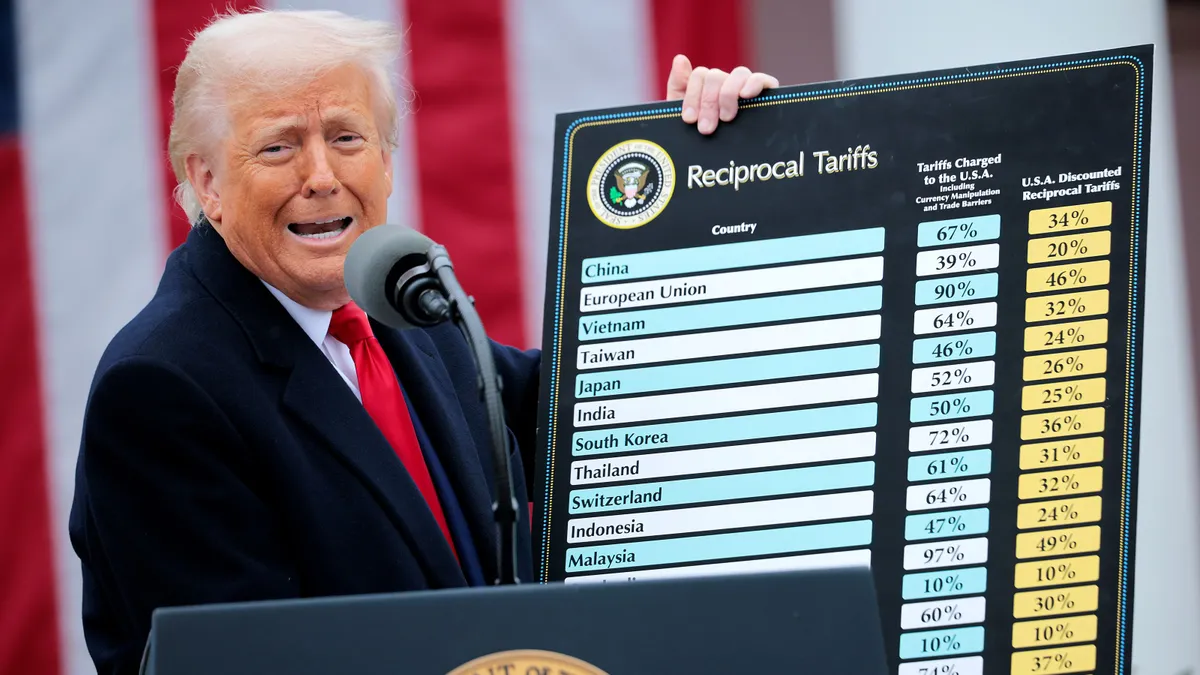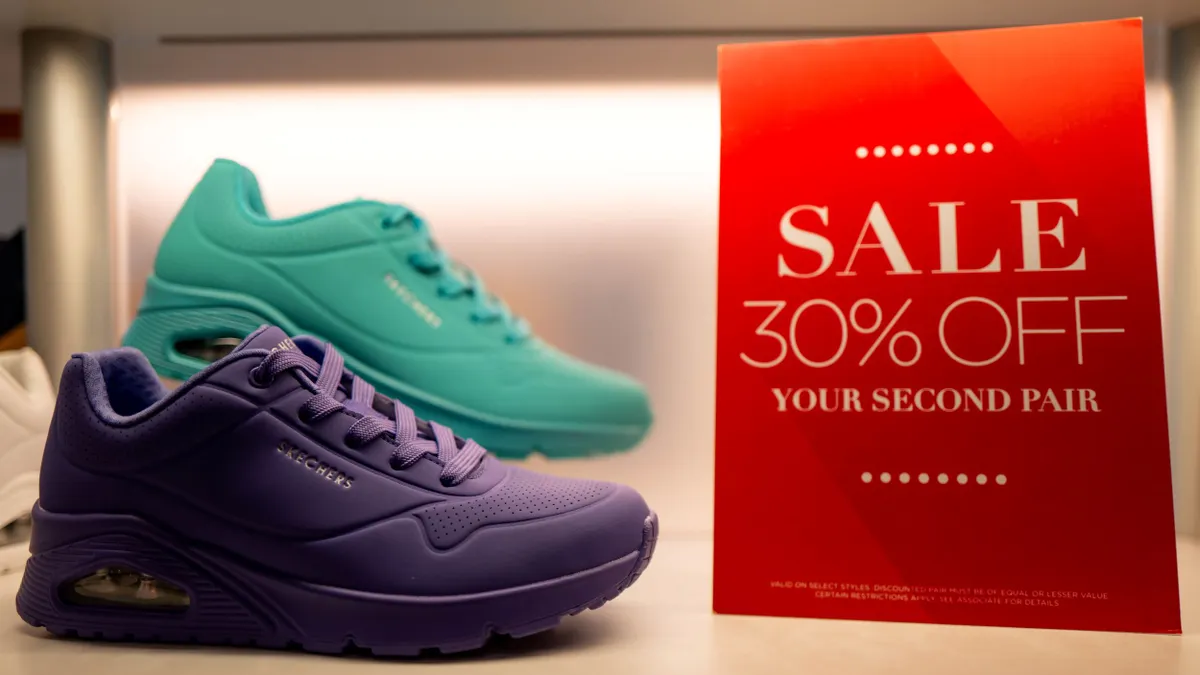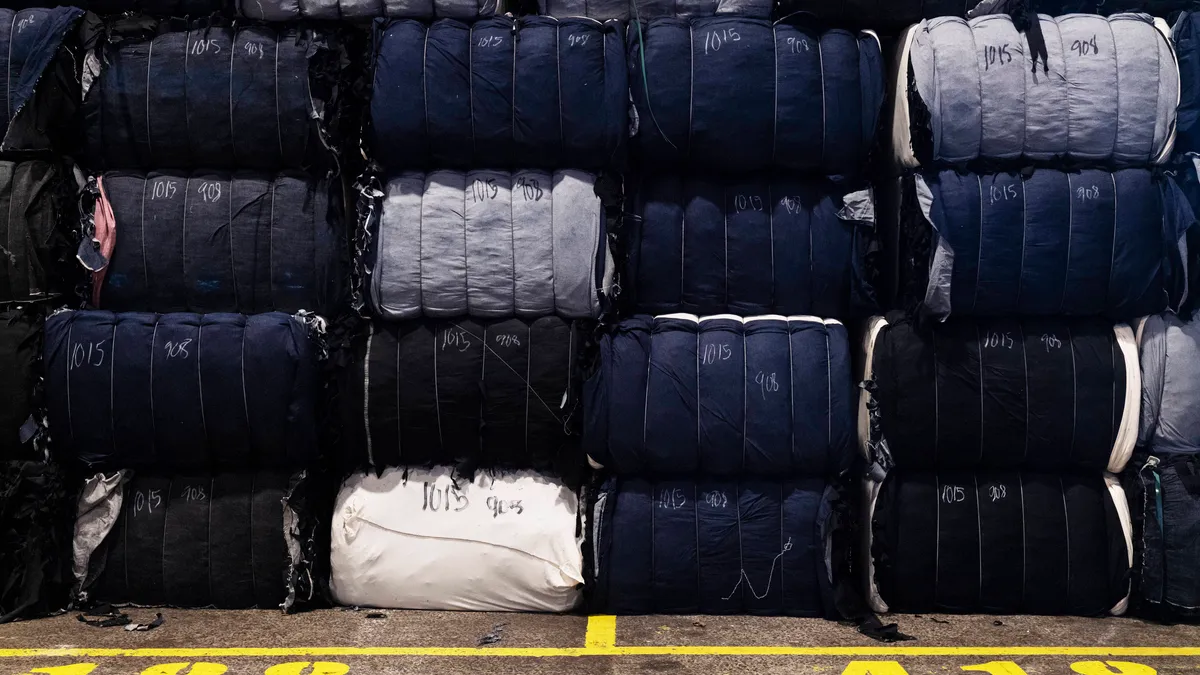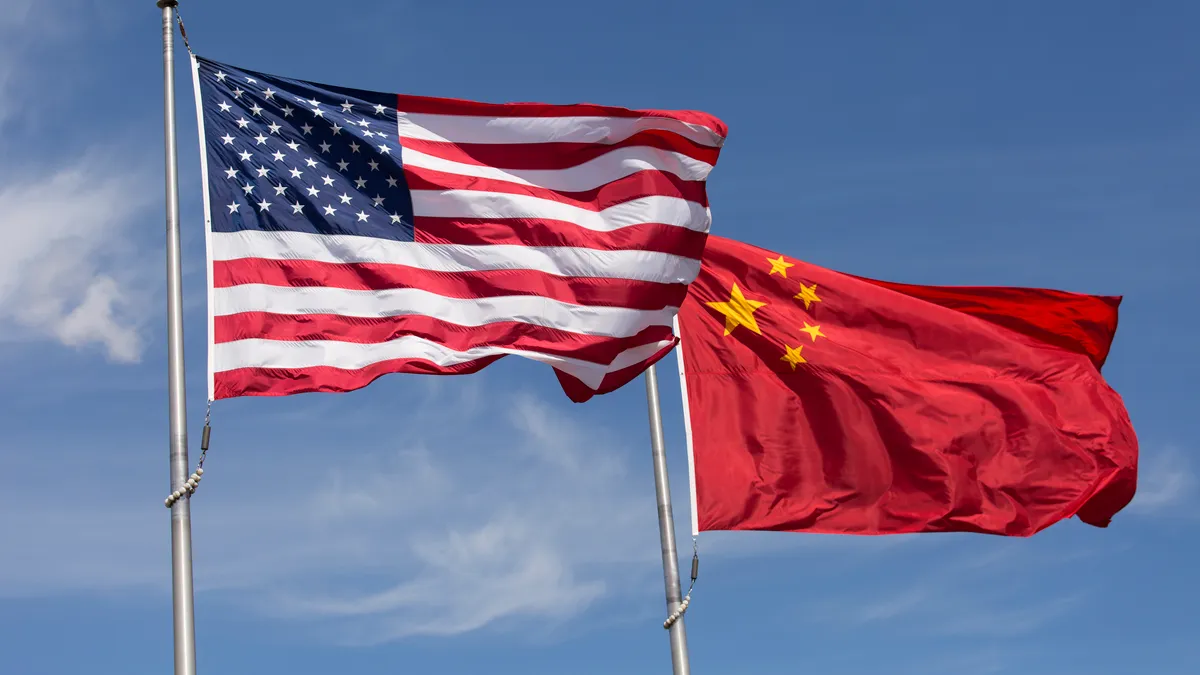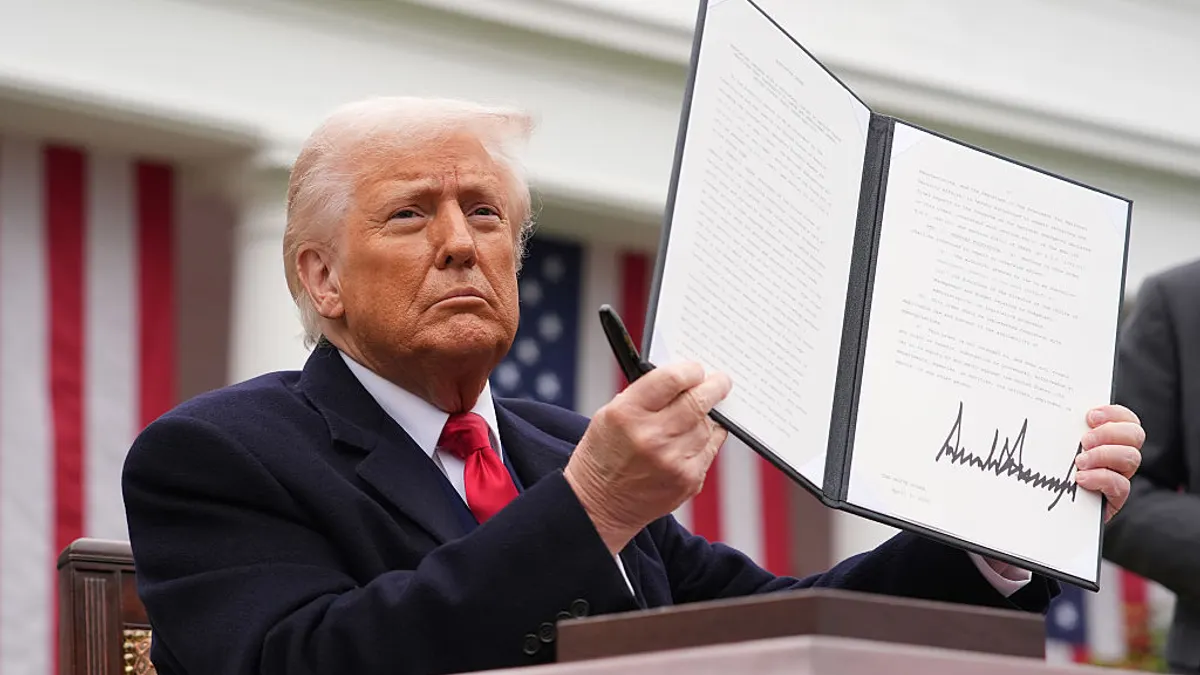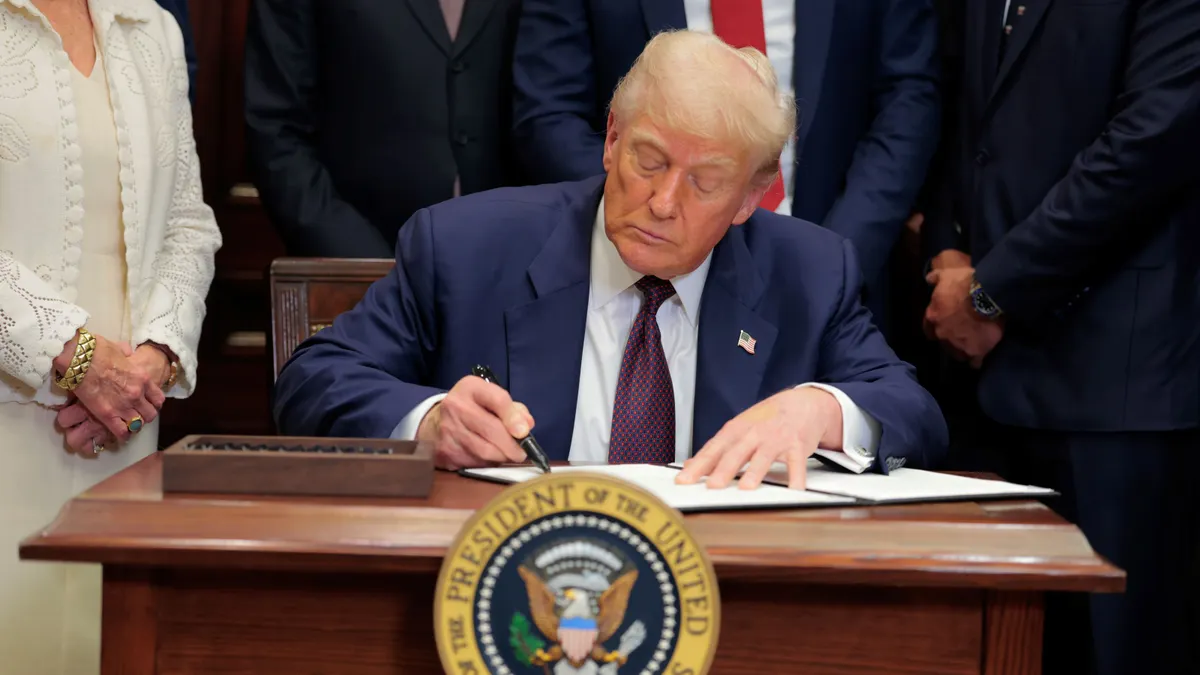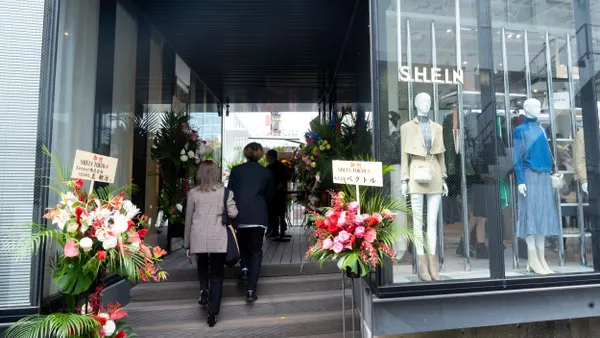President Donald Trump announced sweeping changes to U.S. tariffs on Wednesday. The policy adjustments include a universal baseline tariff of 10%, effective April 5, and higher individual tariffs on U.S. trading partners, effective April 9.
The official list of incremental tariffs, which Trump referred to as “reciprocal,” includes many of the country’s largest trading partners and major suppliers to the fashion industry. China will face a 34% reciprocal tariff, while Vietnam faces a 46% tariff and Bangladesh will see a 37% reciprocal tariff. The EU’s reciprocal tariff is 20%.
In addition, Trump closed the de minimis exemption for goods coming from China and Hong Kong effective May 2, with other countries potentially following. At that point, goods valued at or under $800 that would otherwise be duty-free will be subject to a duty rate of either 30% of their value or $25 per item, increasing to $50 per item after June 1.
Below are excerpts from responses provided by experts on how these proposed tariff changes will impact the global fashion ecosystem.
United States Fashion Industry Association
In a statement issued Wednesday, the association said, “the fashion industry depends on global supply chains more than perhaps any other sector of manufactured goods.
“While tariffs can be a useful tool in addressing unfair trade practices, they disproportionately impact the fashion industry. U.S. imports of textiles and apparel are subjected to some of the highest tariff rates. For example, in 2024, the average tariff on steel was 5%, while the average tariff on apparel was a staggering 14.6%.”
Despite these high tariffs, the association said, “the percentage of apparel made in the U.S. remains just 3%. The textile and apparel industry has been paying higher tariffs for decades with little impact on reshoring manufacturing.”
Steve Lamar, president and CEO of the American Apparel and Footwear Association
In a Wednesday statement, Lamar also highlighted the already high tariff burden fashion companies already face.
“Before today’s so-called ‘Liberation Day,’ the average tariff on clothes, shoes, and accessories, necessities every American must buy, was already more than five times higher than on other U.S. imports. True liberation would have involved eliminating this high tariff burden and relieving U.S. consumers of its regressive and misogynistic effects, rather than layering on more costs that fuel inflation. While we welcome President Trump’s focus on reducing foreign trade barriers, we need to reduce America’s high trade barriers as well and do so in a predictable manner that enables long-term investment and supply chain decisions.”
David Swartz, senior equity analyst at Morningstar Research Services
In an interview with Fashion Dive, Swartz said, “none of this is likely to increase production of apparel, footwear, accessories, home goods, etc., in the United States, because it's simply impossible. It would take billions and billions of dollars of investment, and unless the government’s going to give companies money to build new factories, they're not going to make that investment. They have no reason to, because by the time the factory opens, years from now, the tariffs may not exist anymore.”
Fashion suppliers have likely prepared for this move, Swartz said, though their long-term options remain limited. “I'm sure there’s warehouses full of shoes and clothes right now that were stored in the possibility that this could happen,” he noted. “After six months plus, then the panic will start to set in. Then the industry is in trouble. Now we have to wait and see how long the trade war lasts.”
Resale platform ThredUp
ThredUp said in a statement that the tariff policy is a “significant win for both the environment and the future of sustainable fashion.”
“For years, the de minimis loophole has provided an unfair advantage to fast fashion retailers, enabling them to flood the market with low-cost, short-lived items while circumventing import duties,” ThredUp said. “By leveling the playing field, this tariff order encourages a shift towards a more circular economy, where clothing is given a second life, reducing waste and carbon emissions.”
Alice Price, apparel analyst at GlobalData
In an emailed note, Price said, “these tariffs will hugely impact global players like Abercrombie & Fitch and Nike, which have very diverse supply chains and import huge quantities into the country, while value players like Shein will see their low-cost propositions rocked. Players importing into the US will therefore have to find ways to offset these higher costs, and consumers may expect availability issues while they try to navigate these new challenges.”
Price noted that brands will likely raise prices for consumers and may spur suppliers to move their production facilities to regions that are less impacted by tariffs.
Moving production to the U.S. will be “challenging,” Price said. “The US lacks the infrastructure and specialization needed to produce apparel at competitive prices, and brands will still need to import materials from abroad, which will also be subject to tariffs, resulting in apparel prices still increasing. The impact of these duties on the global economy and inflation will also further squeeze consumer sentiment in an already testing macroeconomic climate, negatively impacting discretionary spending.”
William Blair equity research
In an emailed note, William Blair noted “the April 2 tariffs seem purpose-built to hobble the apparel industry, with the highest tariffs targeting regions that in aggregate are the source of 50% of apparel imports and a weighted average tariff of some 32% now levied against countries that are the source of close to 85% of apparel imports.”
Shifting production to other countries will be a challenge considering the skilled labor and infrastructure companies require.
“We think the aggregate increase in merchandise cost is likely to be about 30%, of which it is safe to assume companies will have to eat a fair share.”
Evercore ISI equity research
In an emailed note, Evercore pointed to the fashion industry’s reliance on Vietnam as a supplier. “On average, brands in our coverage source ~45% of goods from Vietnam (with names like ONON as high as 90%). The Apparel & Footwear brands have been good at moving to low cost sourcing hubs over time, but the current tariff plan leaves nowhere to hide.”
It continued: “In our recent industry conversations, contacts have mentioned that factories in Asia have expressed willingness to absorb the majority of the impact of the tariffs in the near-term to keep the brands from ripping away volumes abruptly — acknowledging that [it’s] likely not a good time to try to be raising prices on American consumers.”



